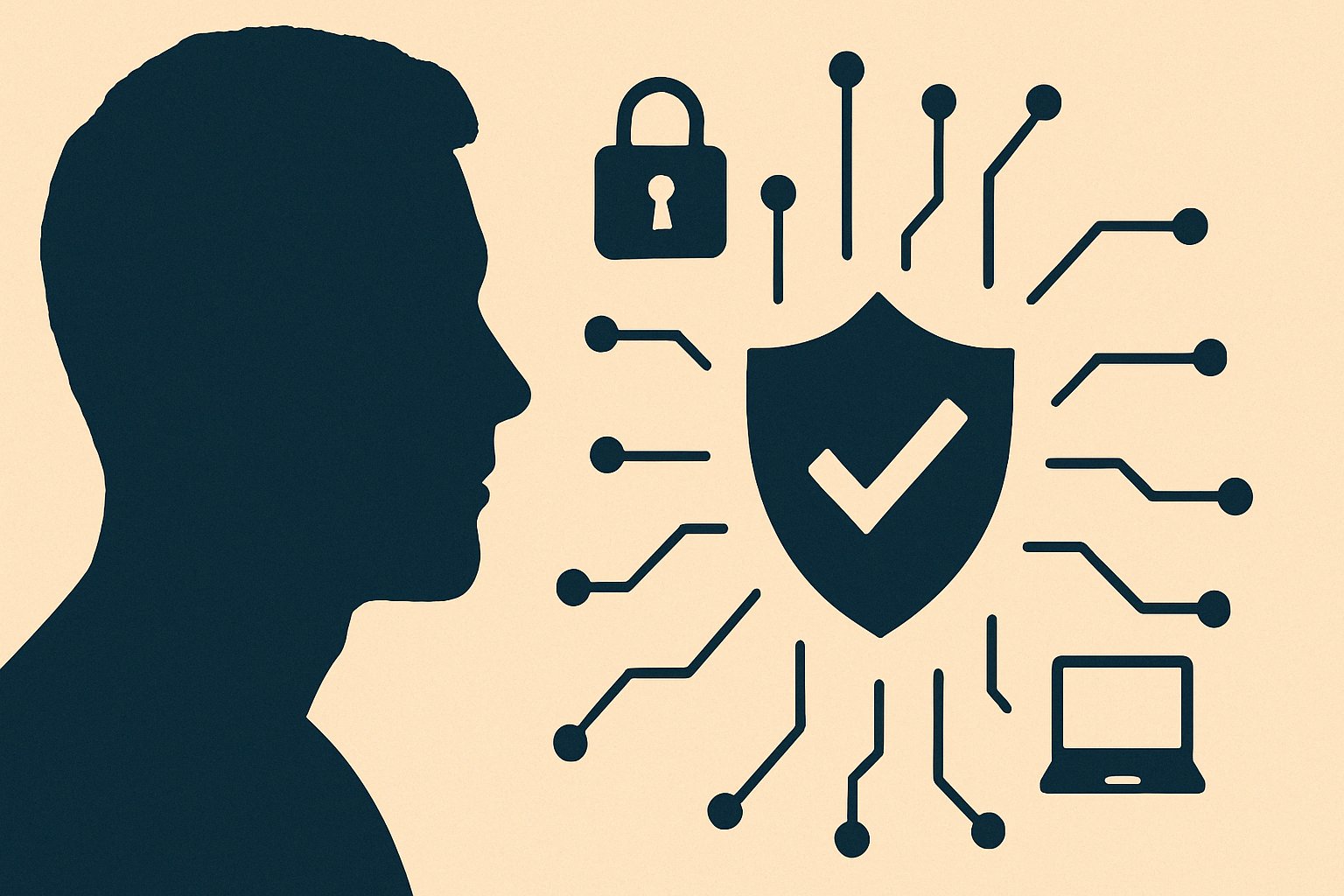Cybersecurity has often been perceived as a highly technical domain, dominated by firewalls and encryption protocols, yet a new perspective emphasizes the importance of human experience in security design. Experts argue that the effectiveness of security systems is not solely reliant on advanced technology but hinges on how well these systems are tailored to meet human needs. This shift in focus aims to create user-friendly security tools that promote adherence rather than circumventing safety measures.
The rise of generative AI tools in workplaces showcases employees gravitating toward intuitive solutions that enhance productivity while inadvertently straying from established security protocols. As highlighted in a recent article by Matthew Warner on Dark Reading, when security processes are cumbersome, employees may find workarounds, leading to potential risks.
The call for simpler security solutions resonates particularly with small and medium-sized enterprises that often lack dedicated security teams. These organizations, like many others, recognize the significance of effective security but face challenges due to complex systems that do not cater to their operational realities. Warner emphasizes the necessity of merging technical proficiency with streamlined interfaces that appeal to users at all organizational levels, including IT administrators and executives alike.
Accessibility features become equally crucial, ensuring that security tools accommodate all employees, including those with disabilities. The emphasis on education and user experience signifies a changing landscape in cybersecurity. Rather than traditional training sessions that often disengage participants, organizations are encouraged to integrate security education into daily workflows, creating a culture of awareness that champions good security practices.
Ultimately, the future of cybersecurity is framed not by the creation of higher barriers but by constructing smarter systems that employees are inclined to use. By prioritizing user experience in design, companies can transform perceptions of security from protective obstructiveness to an enabler of efficiency and productivity.

